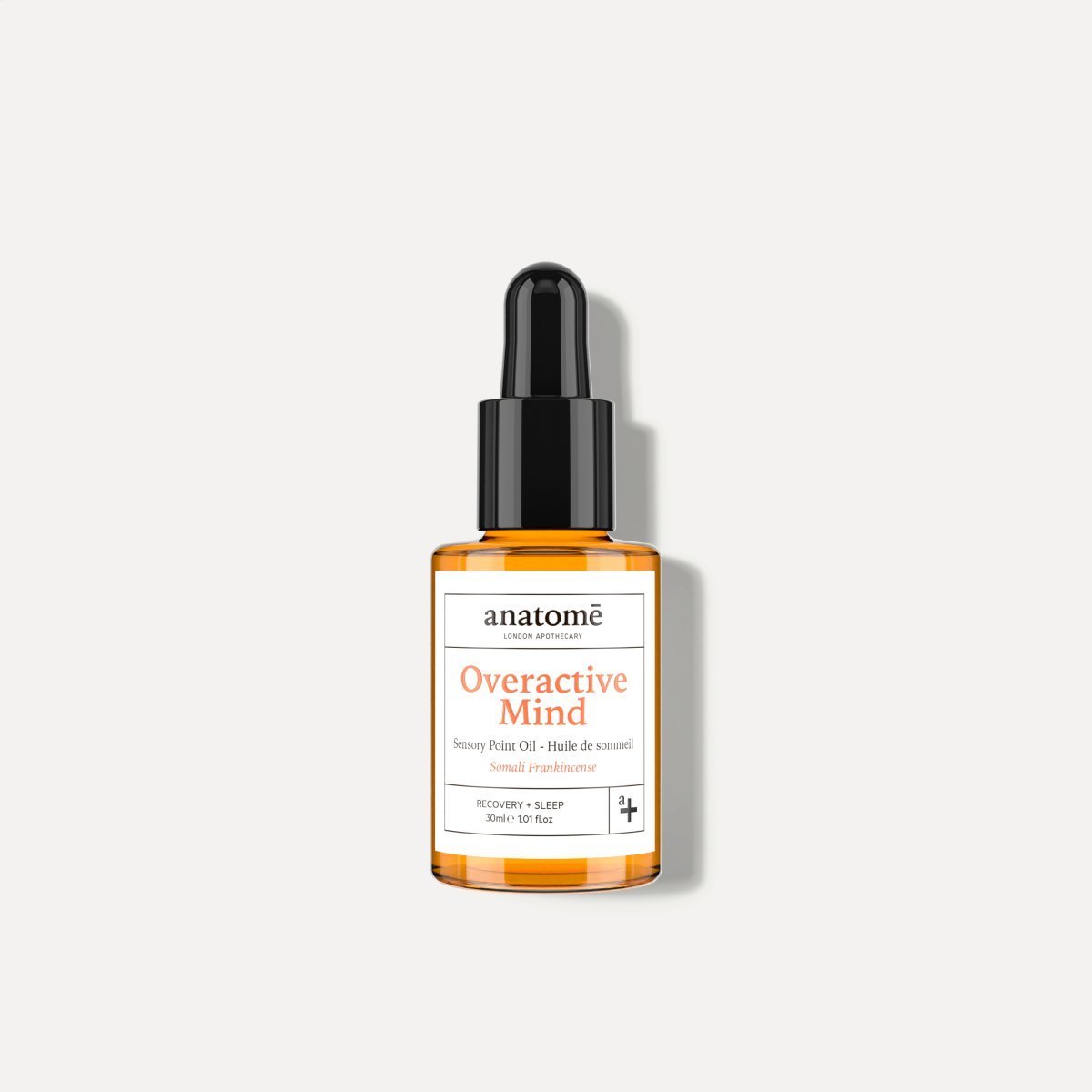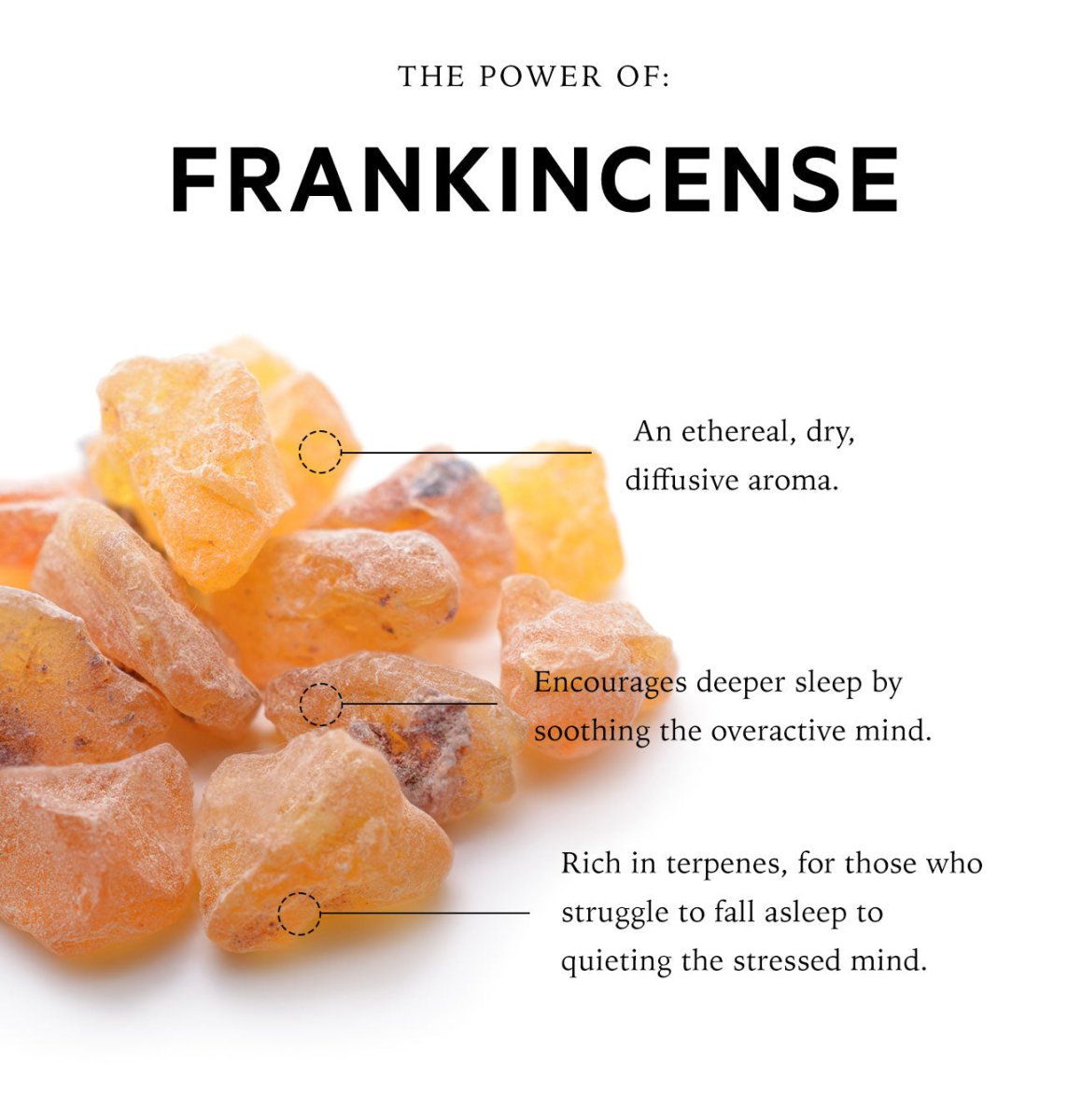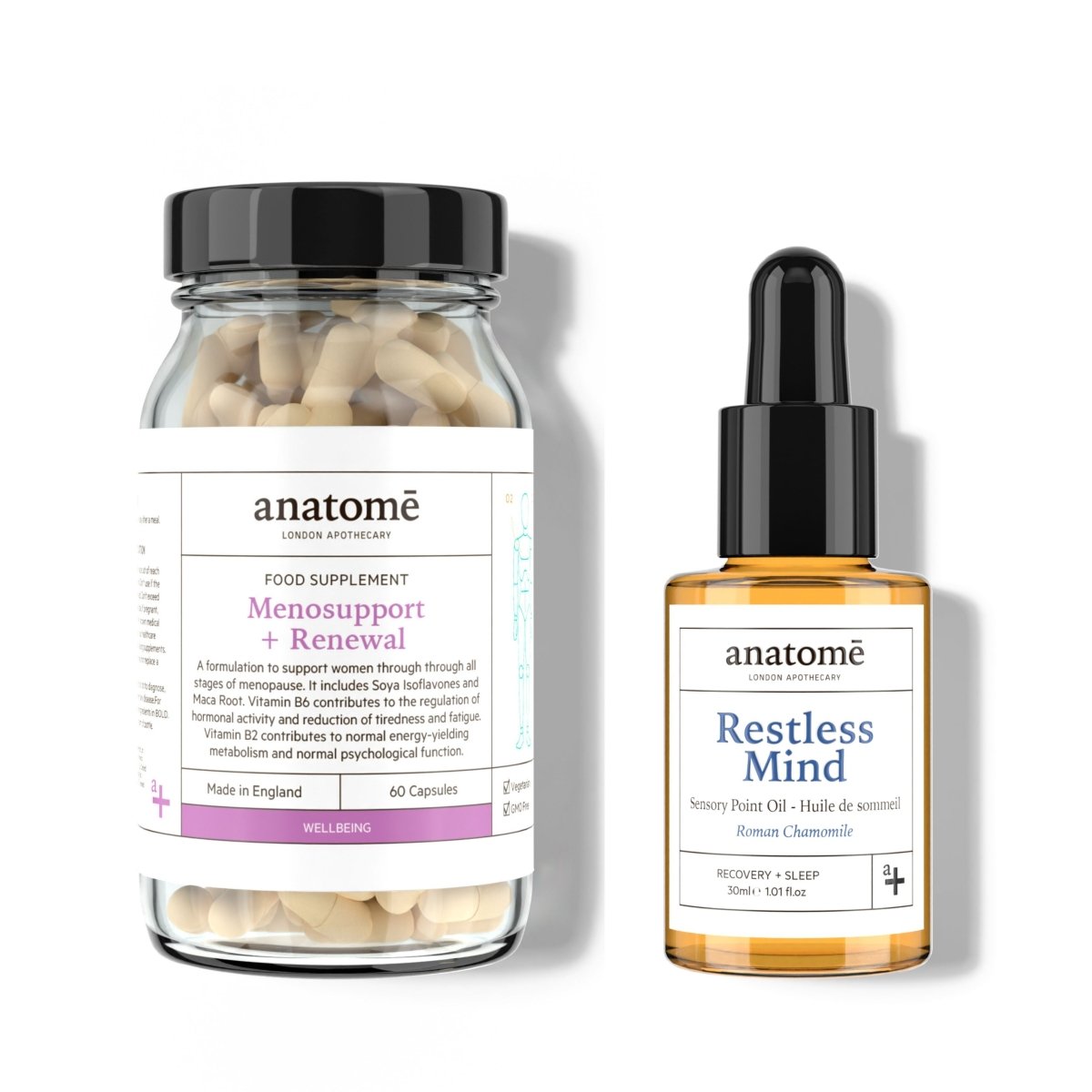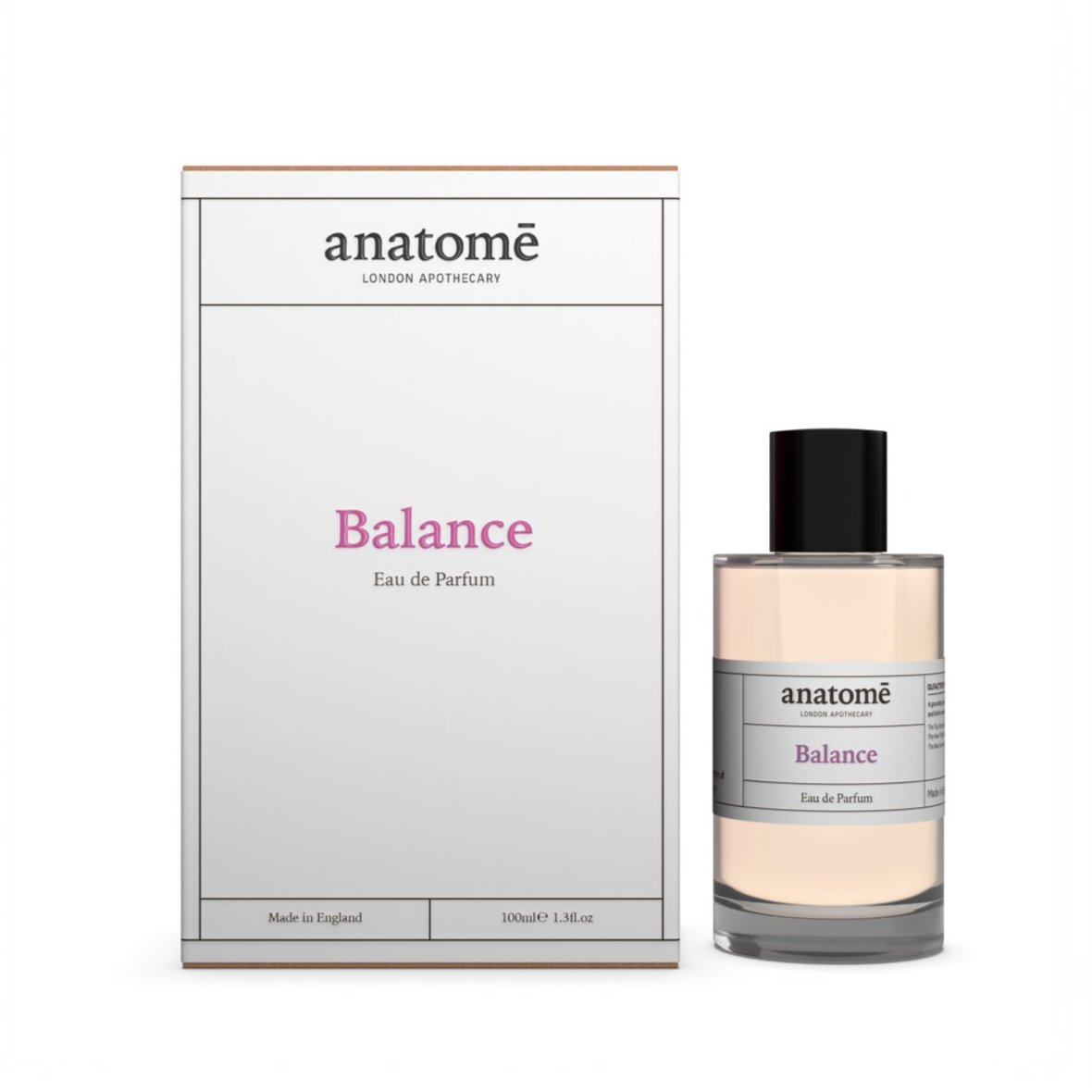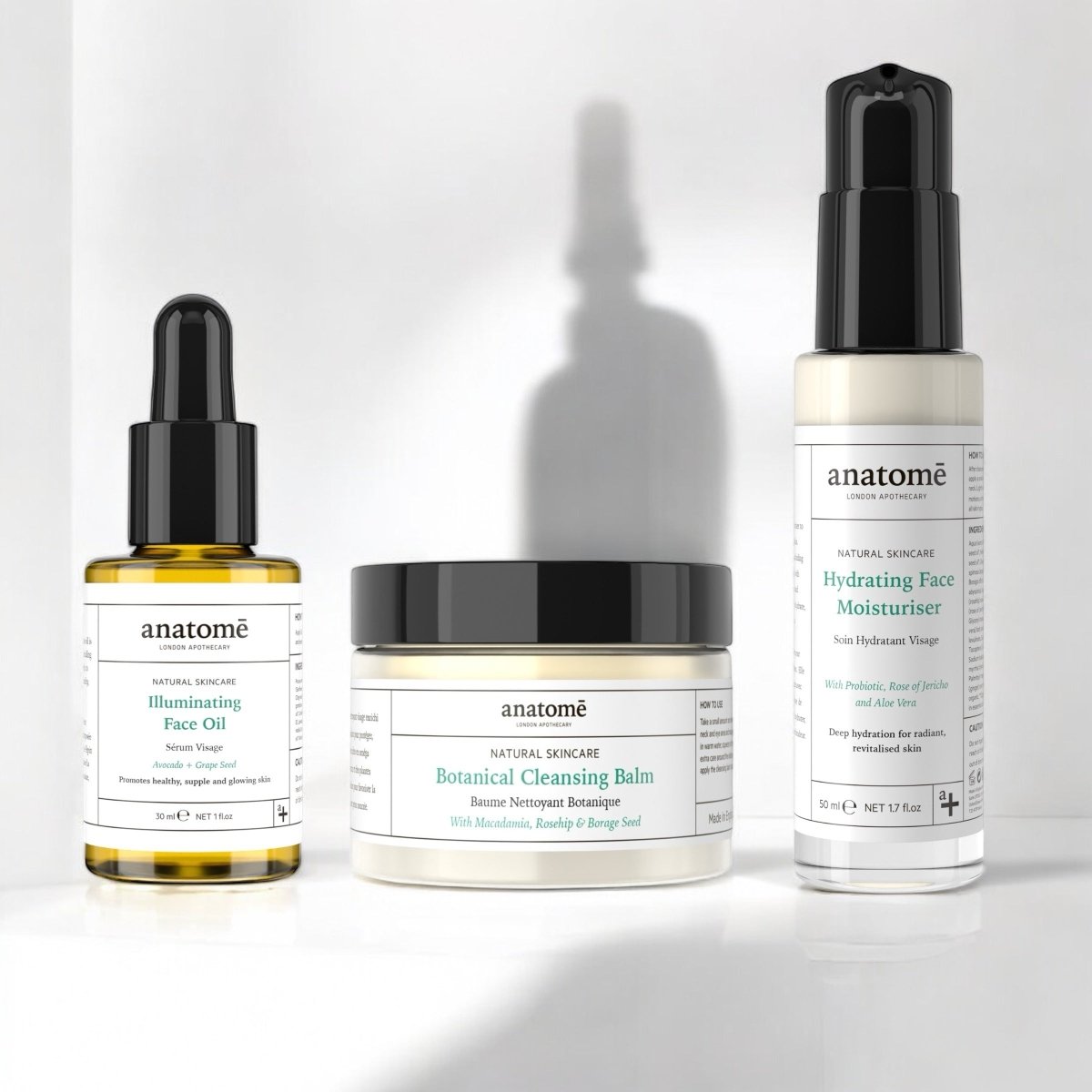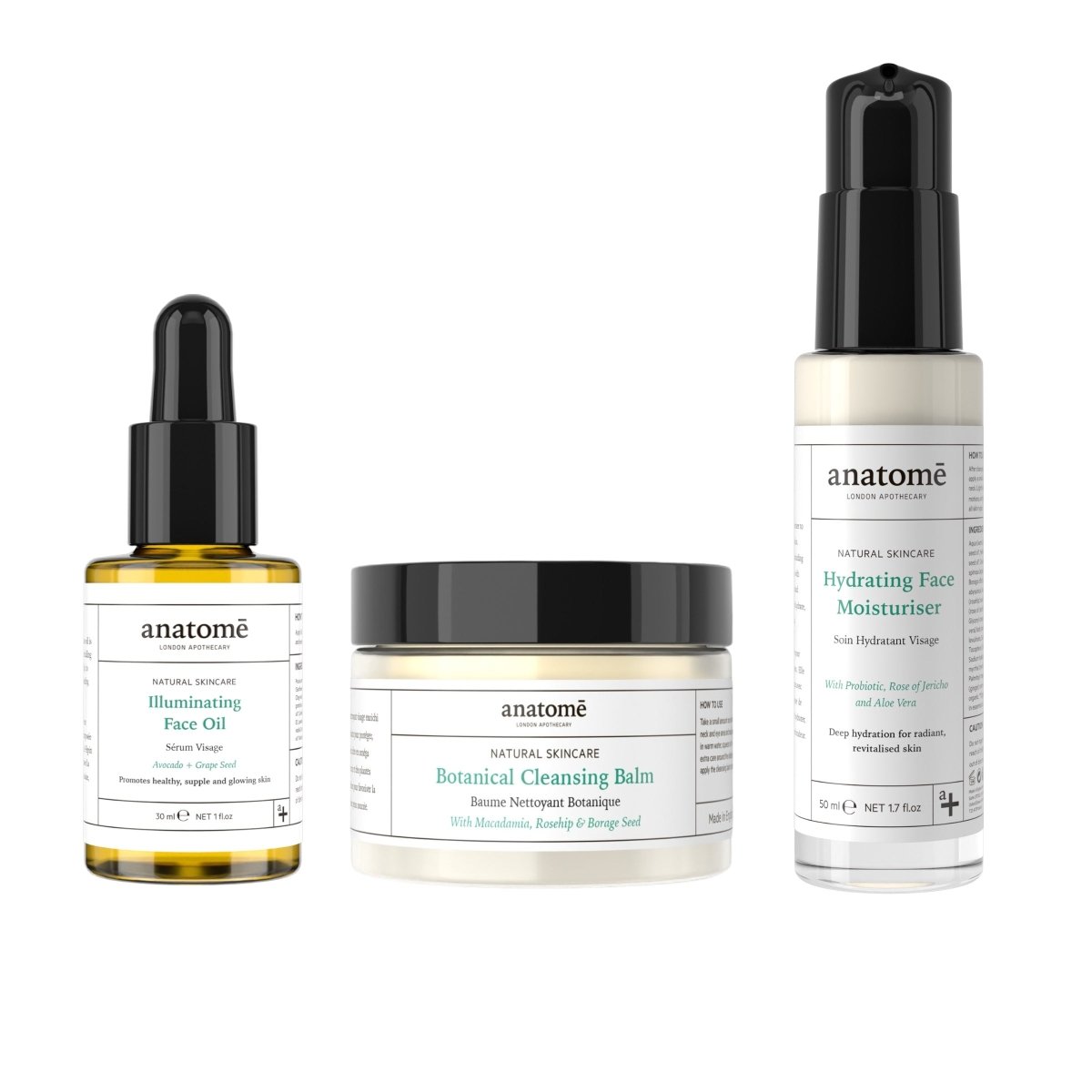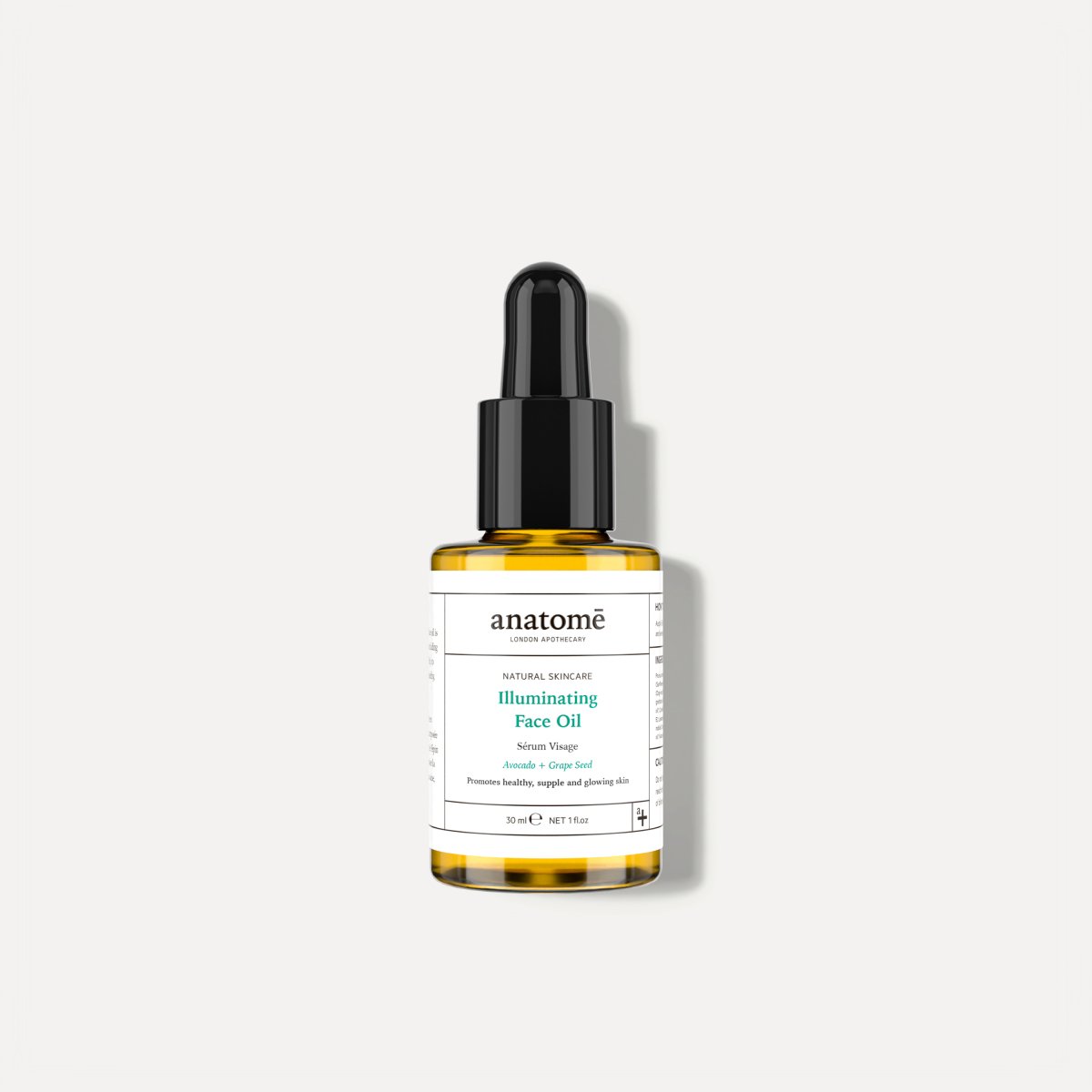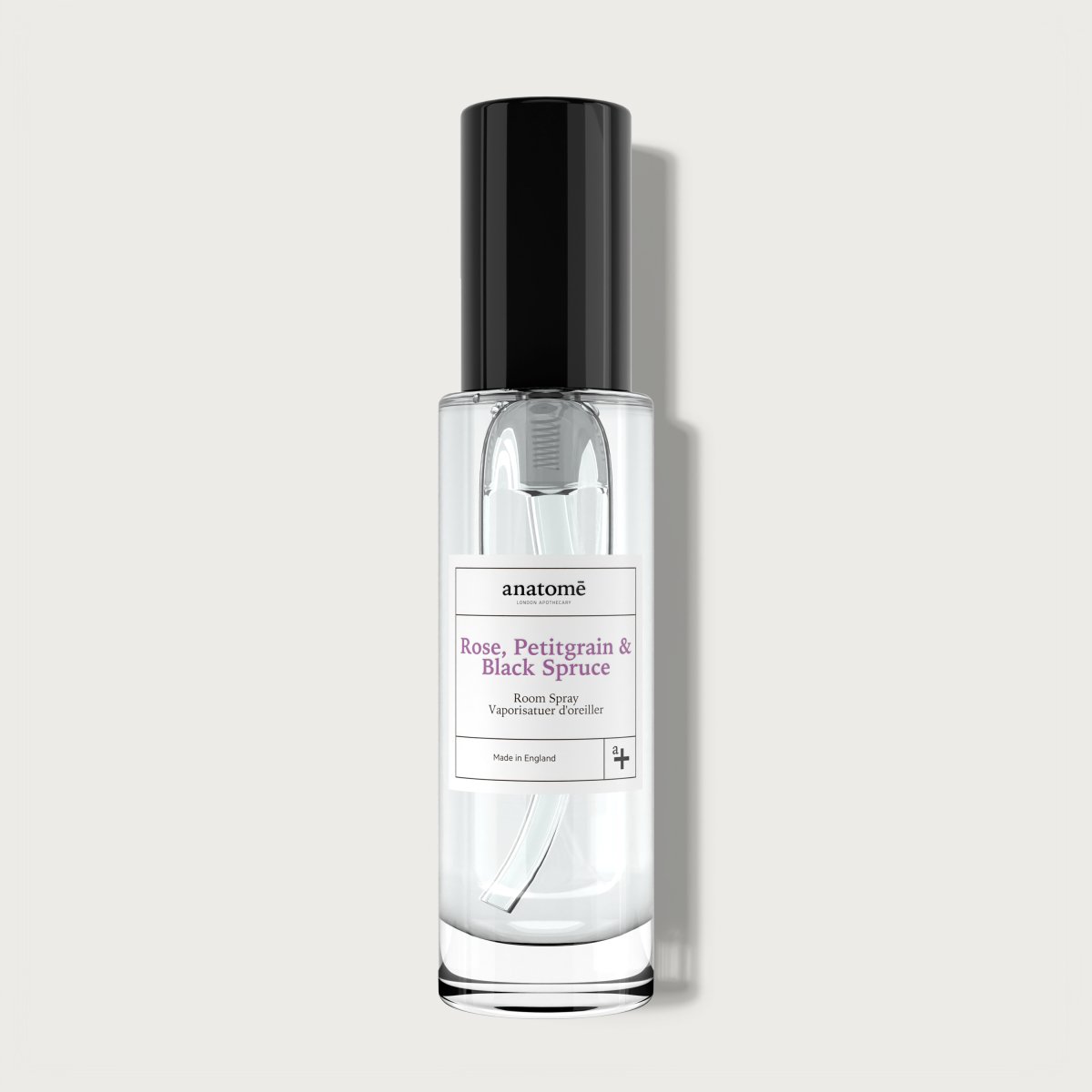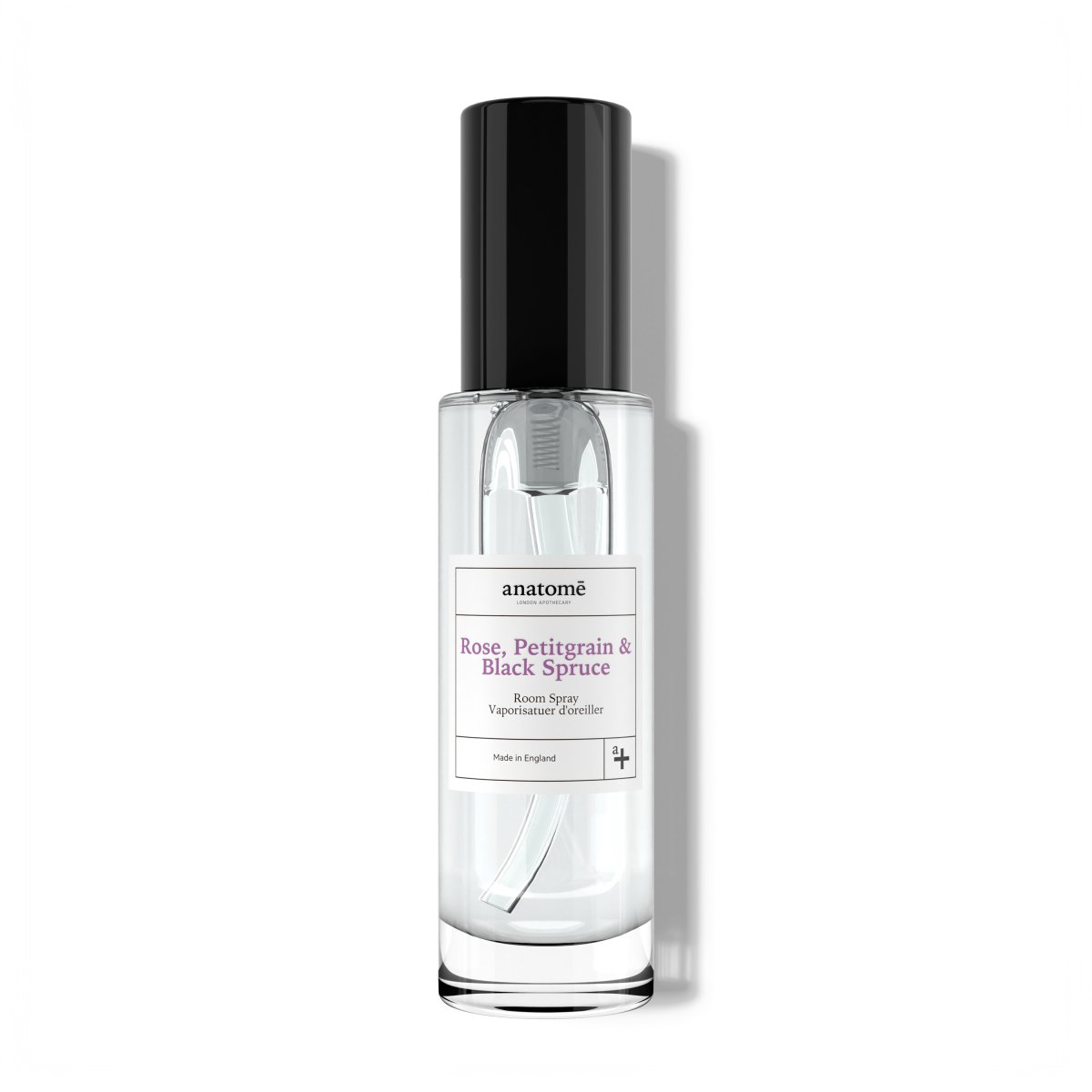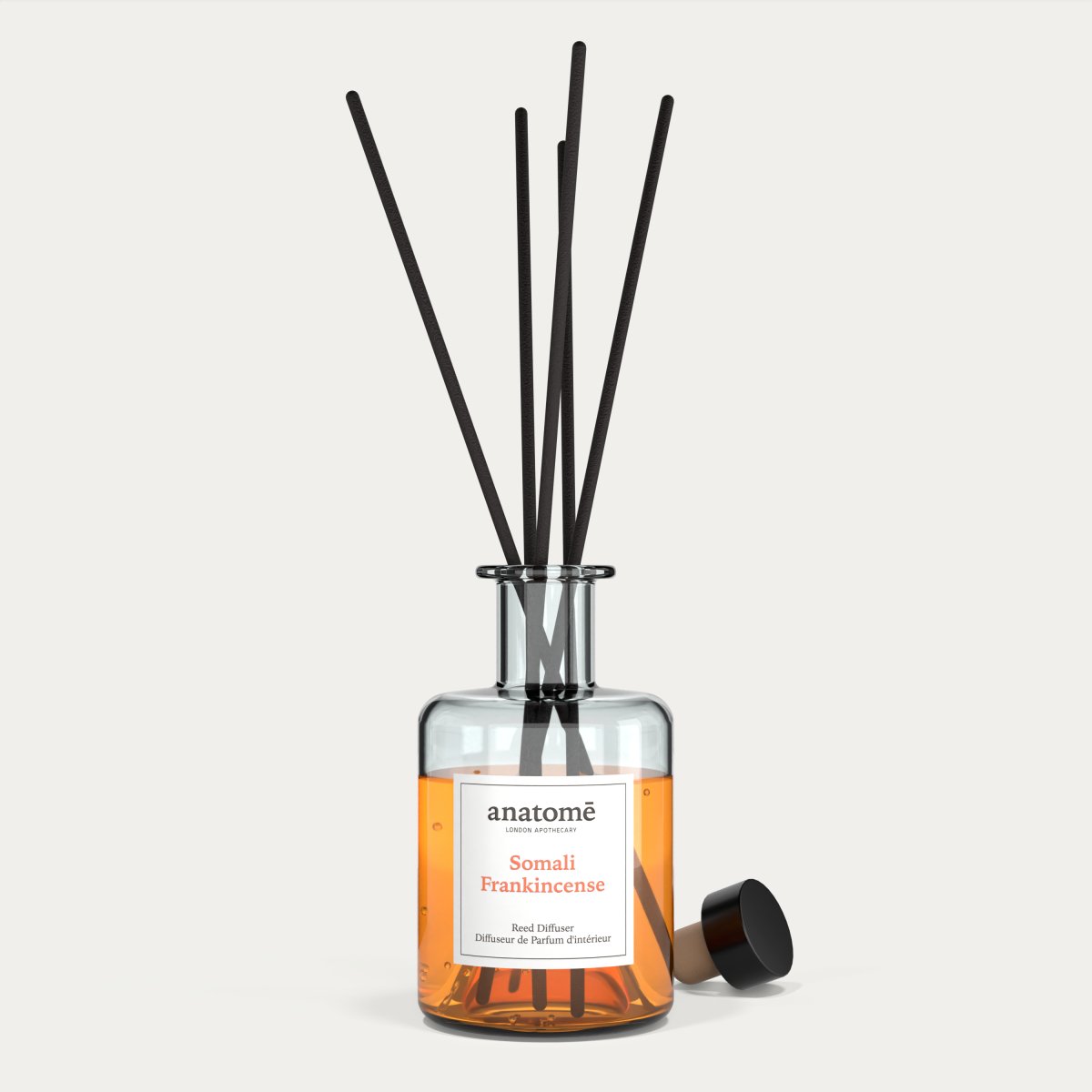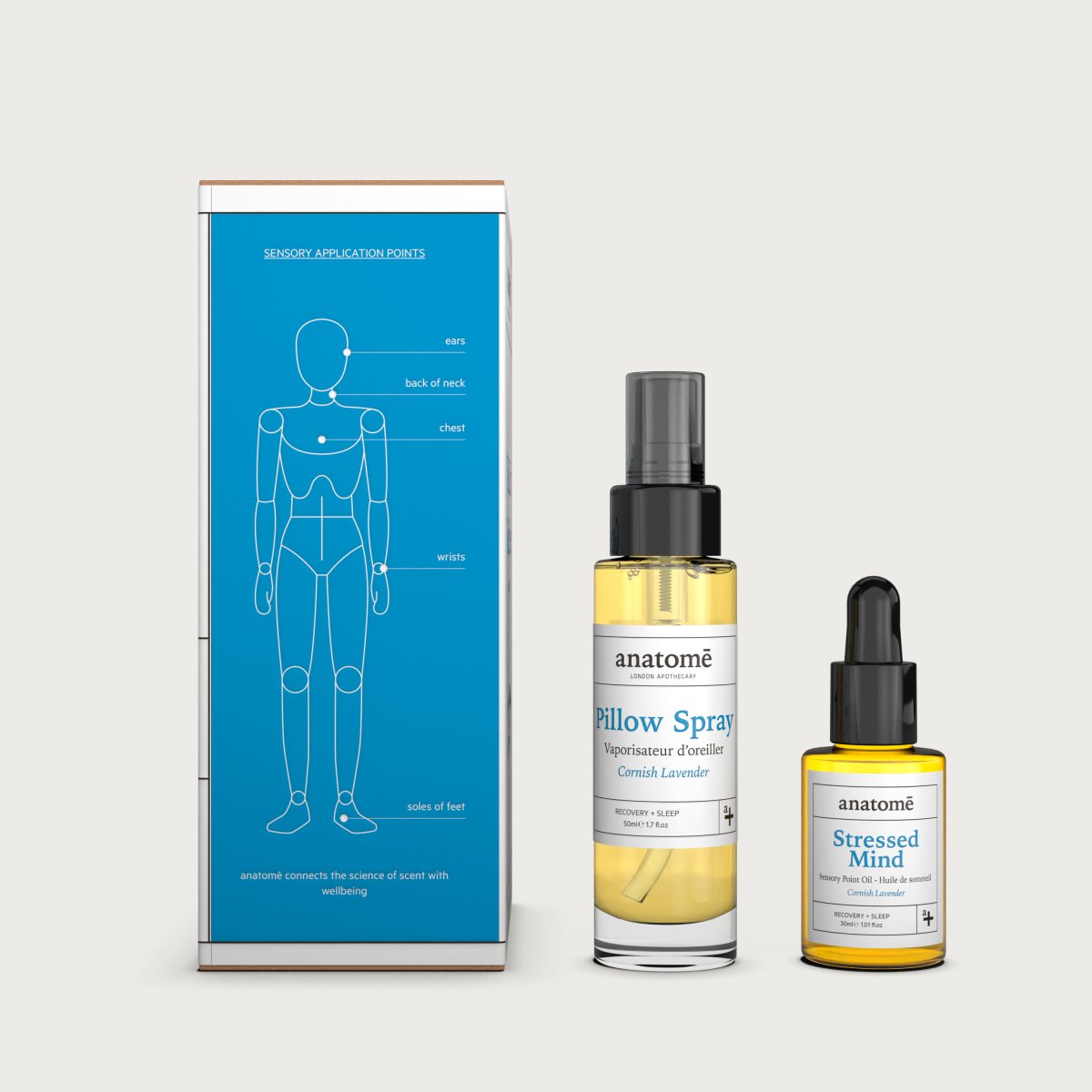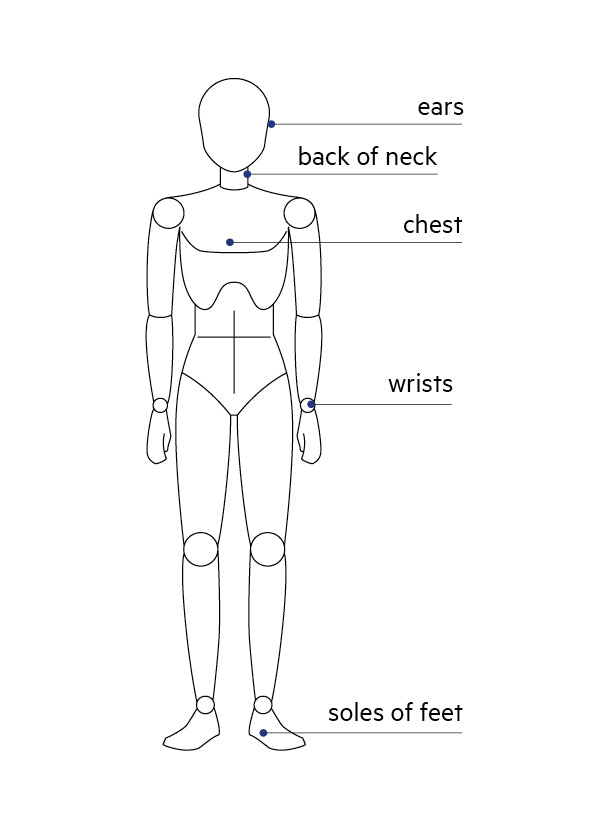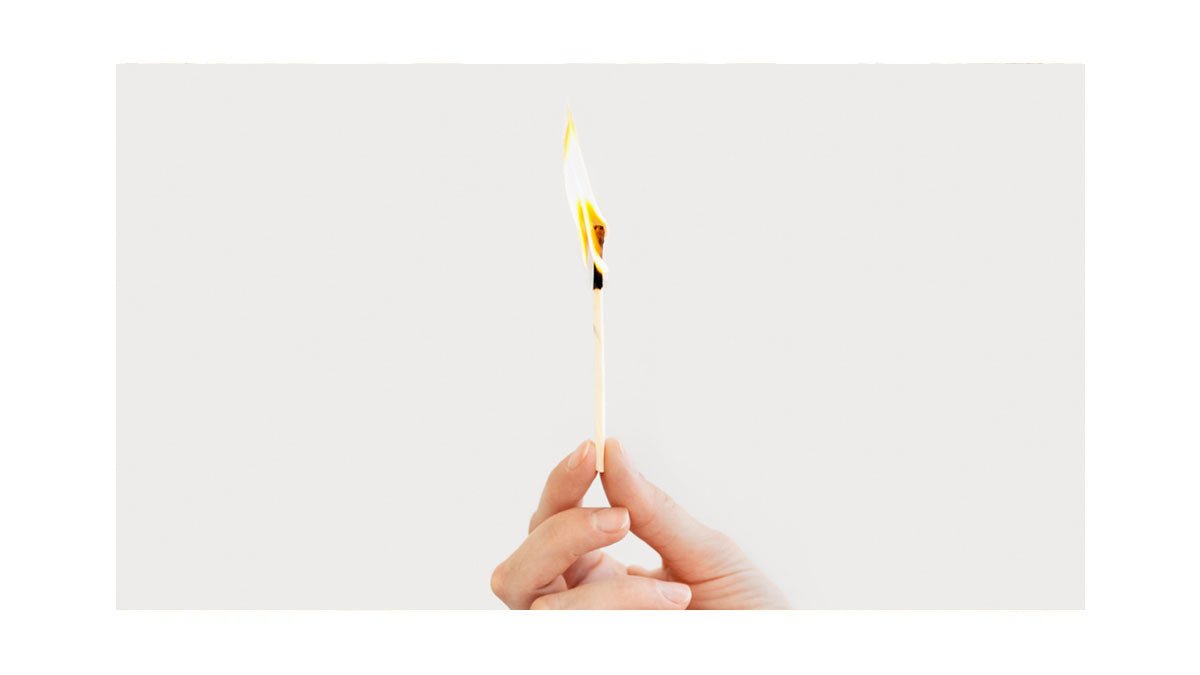
Burnt Out? You’re Not Alone
Recent reports indicate a rise in the number of people suffering from burnout. Previously considered a stress related syndrome, the World Health Organisation (WHO) has updated the definition of the term, whereby burnout is now considered to be a manifestation of chronic, workplace stress that overwhelms an individual over time.
Today, we take a deep-dive into this modern day phenomenon by examining the statistics, causes and recommended interventions, in order to help you to avoid it, and support your current and future wellbeing.

According to Ceridian Capital Management, 79% of workers in the UK have experienced burnout (2021). Gallup Statistics state that 23% of employees claim to feel burned out at work, always or frequently, and a further 67% admitted to experiencing burnout now-and-then (2021). Shockingly, this means that at least two-thirds of all full-time workers experience burnout frequently, or at some point in time while on the job.
If you examine these numbers further, it becomes apparent that more women experience burnout than men. In 2019, 30% of women reported symptoms versus 27% of men. Fast-forward to 2020, the number of women reporting burnout increased by 4%, while that of men dropped by 1%.
Naturally, there are a variety of factors as to why there is a gender discrepancy in the amount of burnout cases. These include the impact of the pandemic and the added burden of domestic tasks many women had to shoulder as they worked from home.
Interestingly, women hybrid workers, who divide their work time between both the office and home, report higher cases of burnout than those who work exclusively from home, or exclusively from the office.
In 2021, the statistics for burnout reports in women employees were as follows:
Hybrid Women Workers - 38%
Remote Women Workers - 31%
On Site Women Workers - 34%
In contrast, the number of cases reported by men differ little in relation to their workplace when compared to women. This is not to say that burnout is any less of a concern for men. In fact, employees who are “feeling burned out at work are 23% more likely to visit the emergency room, 63% more likely to take a sick day and 2.6 times as likely to leave their employer” (Gallup, 2021).
Beyond the emotional and physical toll this has on employee health, Forbes estimates that at least 34% of an employee's total annual salary gets lost due to burnout (2020). If one considers the sheer amount of people who exhibit symptoms of burnout, the financial impact can be severe.
So, how can you recognise burnout and what measures can you take to prevent it?
Symptoms of burnout are complex and varied, yet they almost always include the following markers:
- Chronic fatigue
- Irritability
- Difficulty sleeping
- Headaches
- Brain fog and forgetfulness
- Increased anxiety and/or depression
- Physical stress that weakens the immune system
- Decreased motivation at work, and in your social sphere.
If you recognise some, or all, of these symptoms in yourself, consider reassessing your work-life balance. The following recommendations are a helpful way to reconsider and establish boundaries, while promoting healthy and sustainable habits.

Schedule regular breaks during your work day. These can be as simple as adopting a time rule, whereby you end every hour of productive work with a 5 to 10 minute break. Studies show that regular, short breaks actually improves concentration and the memorisation and understanding of new material.
Move more. Exercise is a great stress reliever and good for your overall health. By releasing endorphins, movement alleviates stress. Small, frequent moments of movement are often more attainable than time intensive work-outs. So, keep up with your bedroom dance parties and your quick walks to the store!
Like exercise, chocolate releases endorphins due to the high concentration of cocoa. Treat yourself to a little bit of dark chocolate every now and then to lift your mood.
Learn how to say no. Establishing boundaries allows you to spend more time doing the things you want to do, which in turn reduces feelings of resentment and irritability. Notably, there are strong links between compassion and boundary setting, suggesting that you won't only feel better, but respond better to others (Holmes, 2016).
Be mindful. Yoga and meditation are great ways to increase clarity of thought and presence, while journaling can help you organise your thoughts and feelings.
We recommend combining these practices with our Cognitive Focus + Memory Support Supplement, which aids the complex functioning of the nervous system and the brain with boosting botanicals, such as Bacopa Monier, Lion’s Mane, Cordyceps, Guarana, Vitamins B6, B12 and Niacin.

Our Energy + Strengthen Essential Oil is designed to support blood circulation and to stimulate blood flow in the muscle and brain. Because low energy levels requires the activation of the body, increasing blood flow and encouraging the muscles to wake up.
References:
- https://www.forbes.com/sites/maurathomas/2020/08/28/its-time-to-face-facts-burnout-is-rampant
- https://www.gallup.com/workplace/358349/gender-gap-worker-burnout-widened-amid-pandemic
- https://www.huffingtonpost.co.uk/entry/setting-boundaries-benefits

